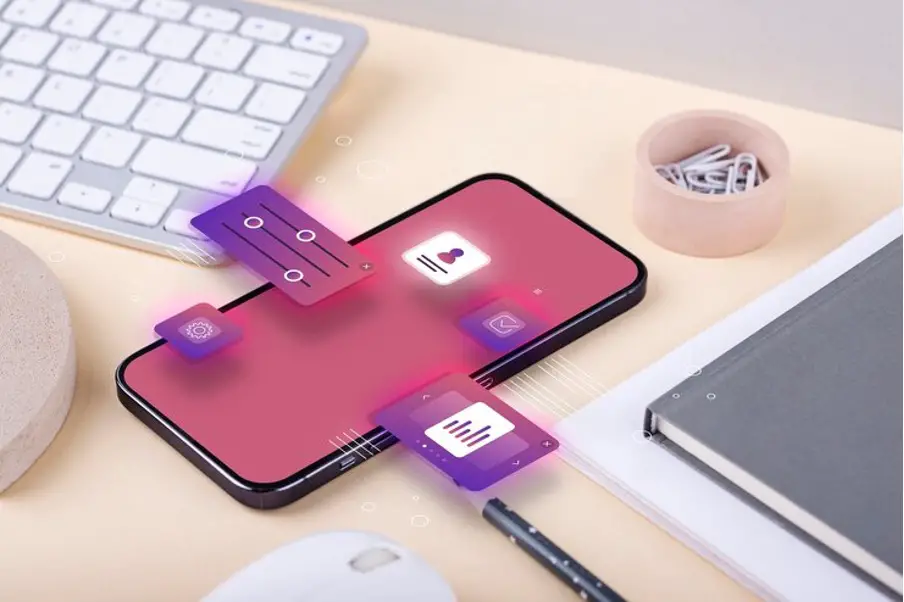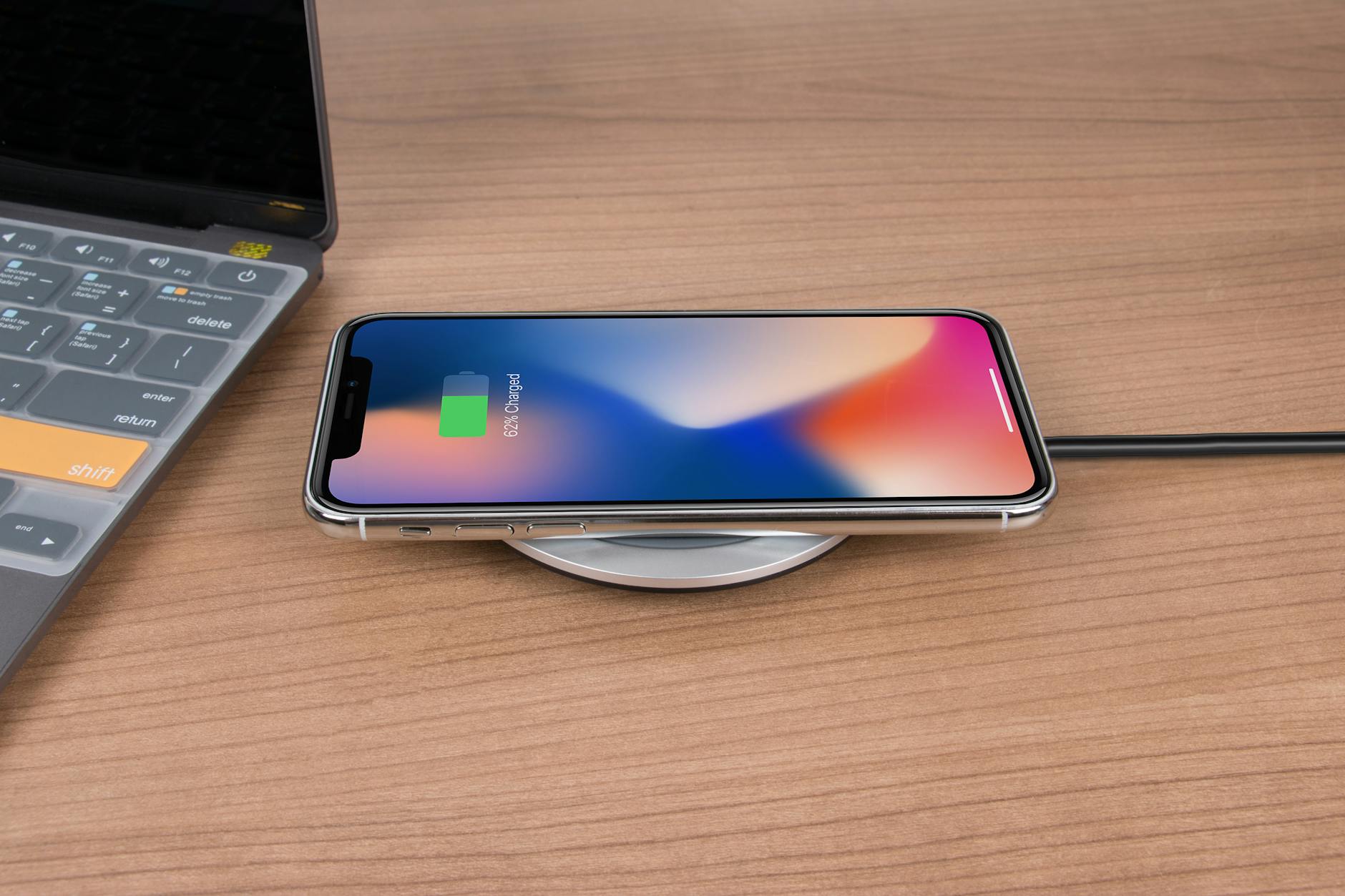Mobile applications have become a ubiquitous part of daily life, serving functions ranging from entertainment and social engagement to crucial business tools and personal productivity aids.
Creating a mobile app that stands out in a densely populated market requires a deep understanding of user needs and behaviors. The process of designing a user-centric mobile app involves more than just technical know-how; it encompasses a commitment to understanding the end user’s experience and designing solutions that are not only effective but also intuitive and engaging.
A user-centric approach in mobile app development prioritizes the user at every step of the design and development process. It’s about more than aesthetics and function; it’s about crafting experiences that are seamlessly integrated into daily life.
By focusing on the user, developers can create apps that are more likely to be adopted, loved, and recommended. The key lies in meticulous research, thoughtful design, continuous testing, and iterative updates.
This strategy involves identifying the target audience, understanding their preferences, and acknowledging the pain points they face with current applications.
By addressing these aspects, developers can create solutions that truly resonate with users, thereby fostering a connection that is both functional and emotional. It’s not just about fulfilling a need but creating an experience that users find valuable and indispensable.
Researching User Needs
Effective mobile application development starts with a comprehensive understanding of the target user base. This includes demographic studies, behavioral analysis, and engagement metrics, which together paint a detailed picture of the end users. Such insights are critical as they guide the design and functional aspects of the app, ensuring that the final product is aligned with user expectations and preferences.
Interviews, surveys, and user testing sessions become invaluable tools in this phase. They provide direct feedback and insights into what users genuinely need from the application. This feedback must be quantitatively and qualitatively analyzed to ensure that the development team can identify and prioritize features that will offer the most significant impact. Furthermore, this stage often reveals unexpected insights that can lead to innovative features that set the application apart from its competitors.
Building on this foundation, the creation of detailed user personas is a strategic approach used to represent the various user types that might use the app. These personas include information on user backgrounds, goals, and challenges, which helps in creating more targeted and effective designs. They serve as a constant reference throughout the development process, ensuring that the user remains at the center of all development decisions.
Incorporating Accessibility
Creating an inclusive environment within a mobile app involves ensuring that all potential users, including those with disabilities, can use the application effectively. Accessible design is not an afterthought but a key consideration from the outset of the app development process. This ensures compliance with legal standards and guidelines and builds a wider audience by accommodating users from all walks of life.
Accessible design includes a range of considerations, from color contrast and font size to navigation and interface layout. Implementing these features from the beginning of the design process is more cost-effective than retrofitting them after the app is built. Moreover, these elements contribute to the overall usability of the app, enhancing the experience for all users, not just those with specific needs.
Technological aids such as screen readers, voice commands, and alternative navigation options can also be integrated into the app. Regular accessibility audits and user testing with participants who have a range of disabilities can ensure that the application remains accessible to as many people as possible. This not only broadens the user base but also reinforces the brand’s commitment to diversity and inclusion.
Optimizing User Interface and Experience
The user interface (UI) and user experience (UX) are crucial elements in mobile app development, heavily influencing user satisfaction and engagement. A well-designed UI should present an appealing aesthetic that is aligned with the brand’s identity while being intuitive enough for new users to navigate without confusion. The UX extends this by ensuring that the entire app journey is smooth, logical, and fulfilling user needs effectively.
To optimize the UI, designers must focus on creating a visually appealing interface that also functions efficiently. This involves using familiar elements like buttons and icons in a consistent manner while also ensuring that the app is responsive and fast. Every interaction within the app should feel fluid and purposeful, with each action providing meaningful feedback to the user.
Enhancing UX, on the other hand, involves streamlining processes within the app to reduce friction and frustration. Simplifying complex tasks, minimizing the number of steps to complete an action, and ensuring that critical information is easily accessible are all strategies that enhance the overall user experience. In addition, personalizing the experience can significantly increase user engagement and satisfaction. This might include remembering user preferences or providing customizable interfaces.
Outsourcing Mobile App Development and Design
For many businesses, developing a mobile app in-house is not feasible due to resource constraints or a lack of specialized expertise. Outsourcing this task to dedicated professionals can ensure that the final product is polished and professional. A specialized agency can offer a wealth of experience and a broader range of creative solutions that might be beyond the scope of an internal team.
When selecting a partner for mobile app development, it is crucial to choose a company that aligns with your business values and has a proven track record of successful projects. The chosen firm should not only have technical proficiency but also a robust process for user testing and feedback incorporation. This collaboration can help in crafting an app that truly resonates with the target audience and stands out in the competitive market.
In this context, companies like Designity represent a valuable resource for businesses looking to develop user-centric mobile applications. With a comprehensive approach that combines mobile app design and coding, Designity offers expertise that can accelerate the development process while ensuring high-quality results.
Integrating Advanced Features
Modern mobile applications are not just functional; they are also platforms for advanced features that can significantly enhance user engagement. Features like geolocation, biometric authentication, and motion sensing can provide users with a more interactive and secure experience. When integrated thoughtfully, these features can make an app feel more personal and efficient.
For instance, geolocation can be used to tailor content and services to the user’s location, offering greater personalization and convenience. Biometric authentication, such as fingerprint scanning or facial recognition, adds an additional layer of security, making users feel more confident in the app’s ability to protect their data. These technologies, when used appropriately, can enhance the user’s interaction with the app and provide services that are tailored to their needs and context.
It is, however, important to balance the integration of advanced features with the overall simplicity of the app. The features should add value without making the interface cluttered or difficult to navigate. User testing is key in this phase to ensure that the added features are perceived as benefits and not as complications.
Continuous Evolution and User Feedback
The development of a mobile app does not conclude with its initial release. Ongoing maintenance, regular updates, and continuous improvement based on user feedback are crucial for keeping the app relevant and engaging. Users’ expectations and technological landscapes evolve over time, and so should the application. This adaptive approach can make the difference between an app that remains relevant and one that fades into obscurity.
User feedback is an invaluable resource for continuous improvement. It provides direct insights into how real users interact with the app and highlights areas that require enhancement. Implementing mechanisms for collecting and analyzing feedback, such as user reviews, feedback forms, and usability testing, can provide ongoing guidance for future updates.
Moreover, keeping an eye on emerging trends and technologies is vital for maintaining a competitive edge. Regular updates that incorporate new features, improve usability, or enhance security can help sustain user interest and loyalty over time. By committing to this iterative process, developers can ensure that their app continues to meet user needs and exceed their expectations.
In crafting user-centric mobile applications, the focus must always be on delivering a superior user experience. From in-depth user research and accessible design to thoughtful UI/UX enhancements and the integration of cutting-edge technologies, each element plays a critical role in the app’s success. By embracing these principles, developers can create mobile applications that not only meet but anticipate and exceed user expectations, securing a vital place in the competitive app market.
More iDevice Central Guides
- iOS 17 Jailbreak RELEASED! How to Jailbreak iOS 17 with PaleRa1n
- How to Jailbreak iOS 18.0 – iOS 18.2.1 / iOS 18.3 With Tweaks
- Download iRemovalRa1n Jailbreak (CheckRa1n for Windows)
- Dopamine Jailbreak (Fugu15 Max) Release Is Coming Soon for iOS 15.0 – 15.4.1 A12+
- Cowabunga Lite For iOS 16.2 – 16.4 Released in Beta! Install Tweaks and Themes Without Jailbreak
- Fugu15 Max Jailbreak: All Confirmed Working Rootless Tweaks List
- iOS 14.0 – 16.1.2 – All MacDirtyCow Tools IPAs
- iOS Jailbreak Tools for All iOS Versions





Leave a Reply
You must be logged in to post a comment.